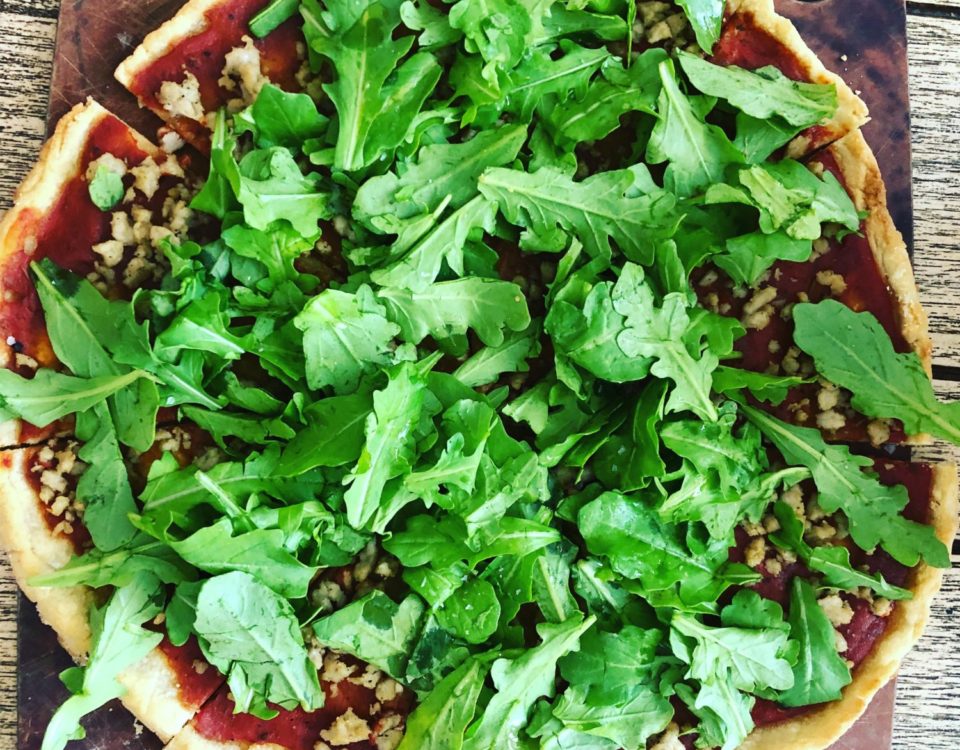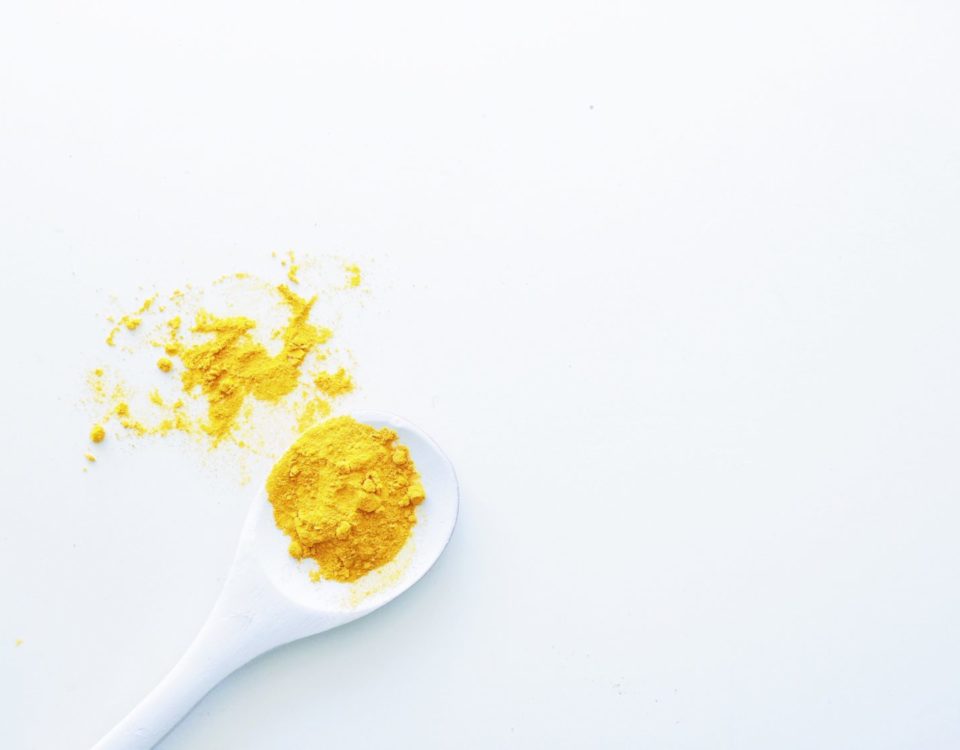RECIPE: SOAKED BROWN RICE
“Is brown rice healthy” is a question I get asked a lot. My answer is it depends on you.When you use the right kind and proper preparation, brown rice can be part of a healthy diet. Brown rice is a nutritious, non-gluten grain, full of beneficial fiber and a great staple food to include in (correct portions) your meals. Brown rice has been getting a bad rap in some circles saying it contains worrisome levels of arsenic and it is hard to digest.
First, let’s talk about the arsenic. A recent article, Consumer Report Magazine released their analysis on arsenic levels in rice and rice products and most were found to contain measurable levels of arsenic. The cause of the increased amounts of arsenic? Pesticides from other crops. Also, levels of arsenic from rice grown in southern United States are higher than rice grown in California and Asia. Plants and other vegetables contain arsenic as well. “All plants pick up arsenic,” John M. Duxbury, PhD, a professor of soil science and international agriculture at Cornell University in Ithaca, N.Y., reports. “Concentrations in leaves of plants are much higher than in grains of plants. Thus, leafy vegetables can contain higher levels of arsenic than rice, especially when they are grown on arsenic-contaminated soils.” So what kind of brown rice can you safely enjoy in moderation? Look for brown rice that is organic and grown in California or Asia. I support transparent companies like Lundberg (my favorite!) that conduct ongoing tests on their crops to evaluate ways to mitigate the presence of this naturally occurring element in rice.
On to the digestibility of brown rice. Brown rice is made by removing the husk from the rice grain, but the bran layer and the germ are kept intact. Rice bran contains substances called phytates, antioxidant compounds that can bind to certain minerals, and make rice harder to digest. Soaking rice, a traditional way to prepare rice, helps neutralize the phytic acid which allows it to be better digested. Soak the rice in water with lemon juice or vinegar (or with kefir or whey, if you include dairy in your diet) overnight for delicious, easily digestible rice.
One last point, portion size… it depends on the person, but I usually recommend keeping a serving size of brown rice between 1/3 and 1/2 cup.
Soaked Brown Rice
- 2 cups organic brown rice ( I recommend Lundberg or Lotus Foods)
- 3 tablespoons apple cider vinegar or fresh lemon juice
- 4 cups room-temperature, filtered water (to soak)
- 1 teaspoon sea salt
Place rice, vinegar (or lemon) and water in a glass bowl, stir and leave in a warm place. Soak for at least 7 hours or overnight.
When ready, drain soaking water and replace with 3 cups of fresh filtered water (If using rice steamer, add water and follow instructions for your individual steamer). Add sea salt. Bring to a boil, reduce heat to a simmer and cover. Cook for 45 minutes and remove from heat. Let sit 10 minutes and it’s ready to go! Store in covered container in refrigerator for up to 4 days.



